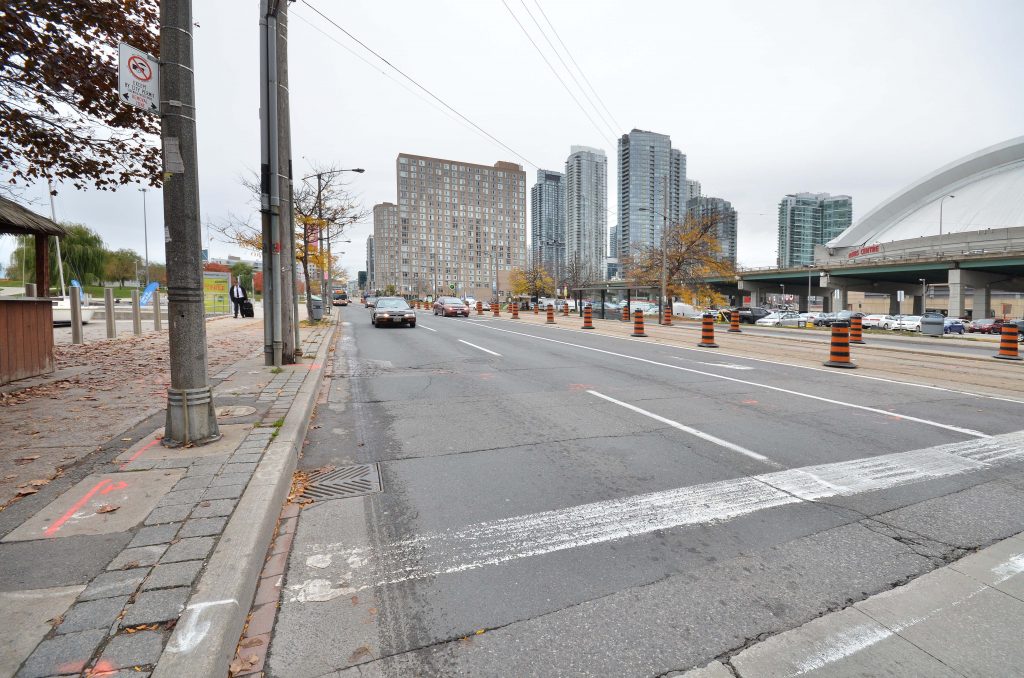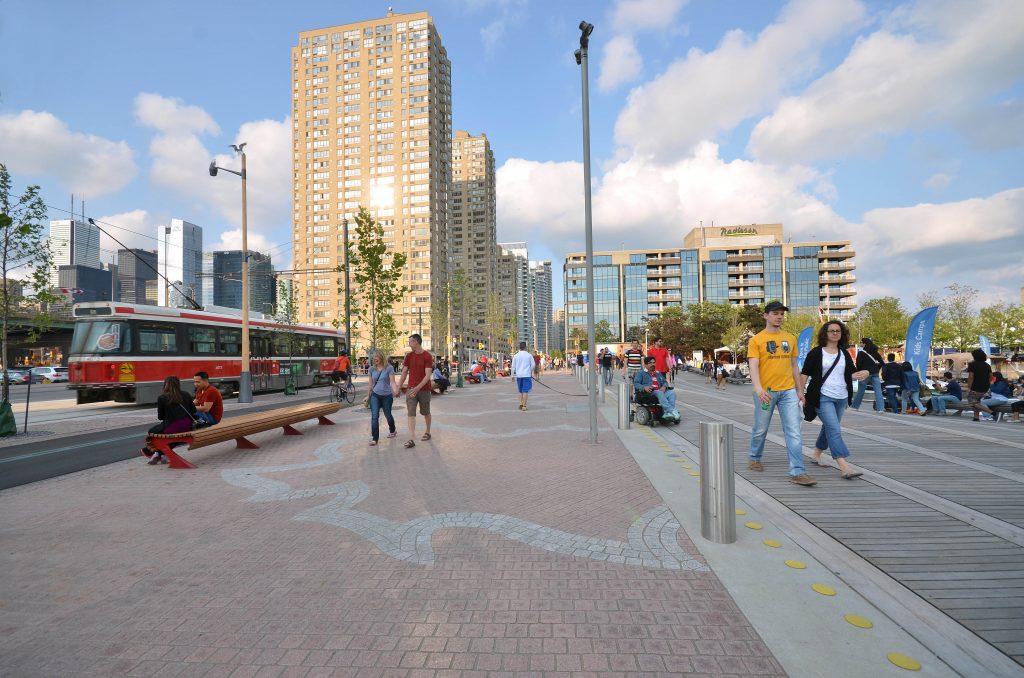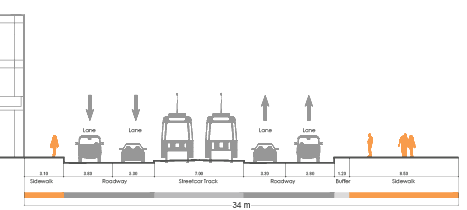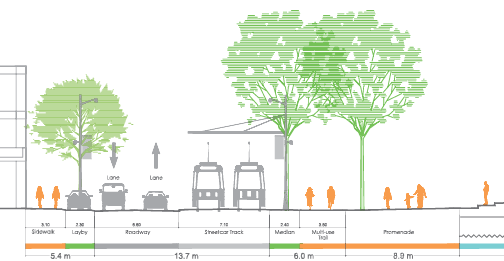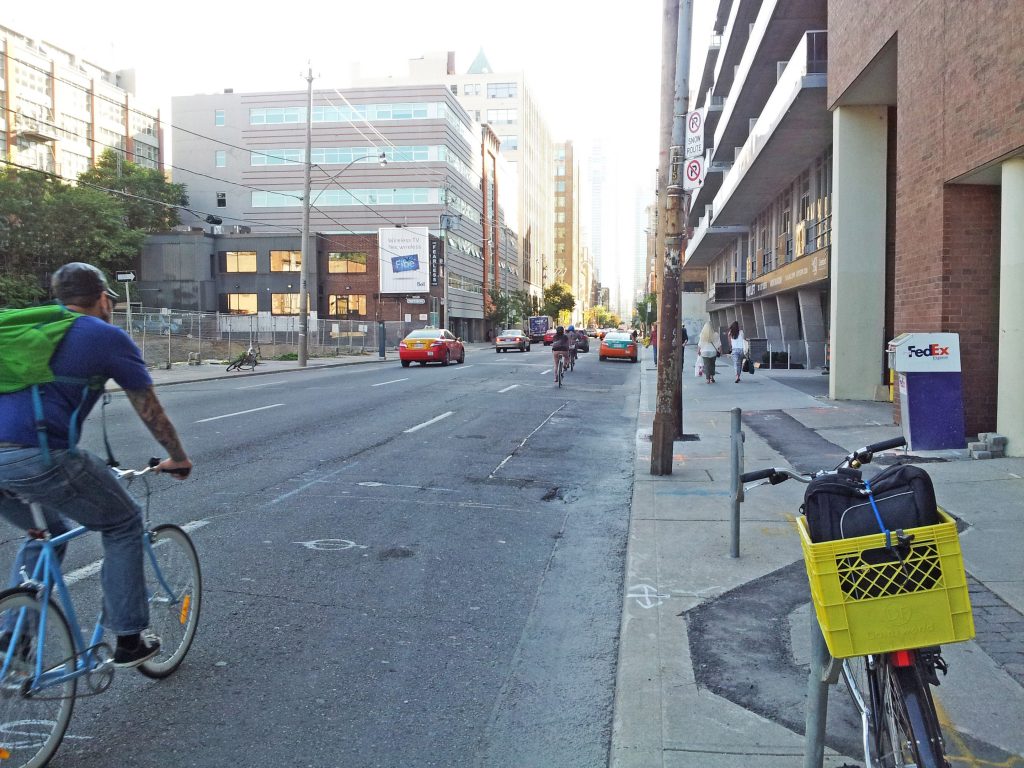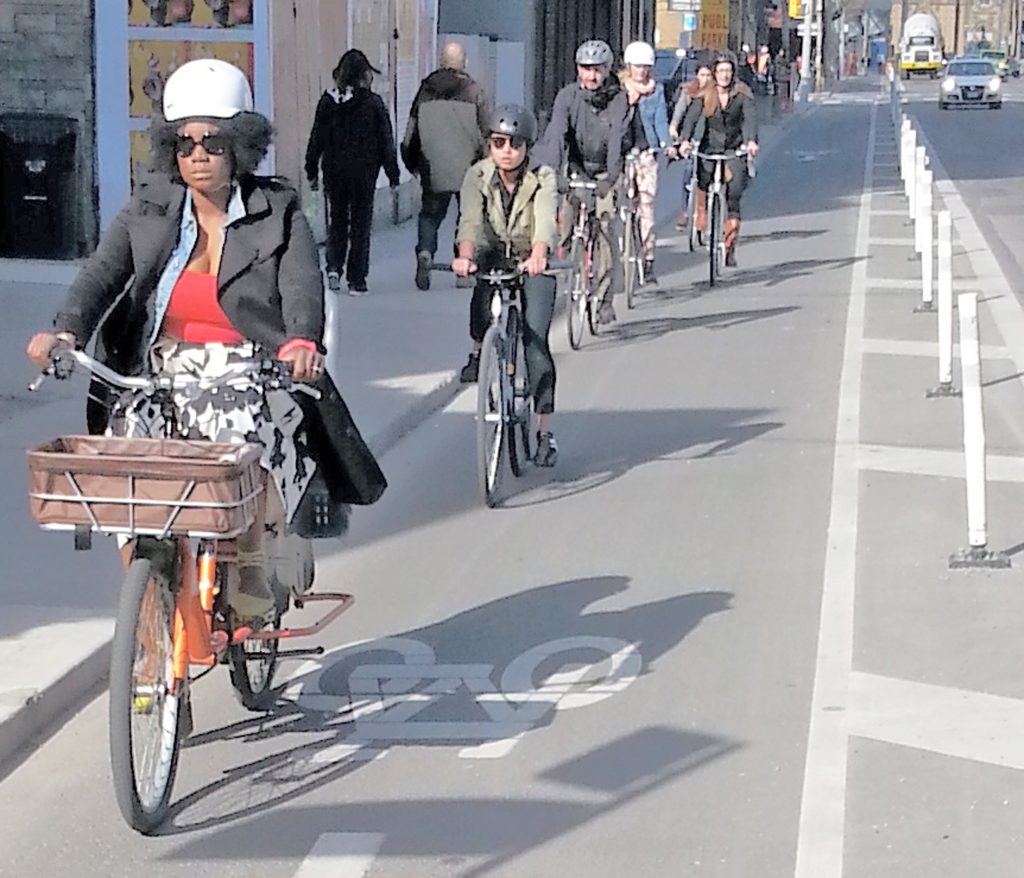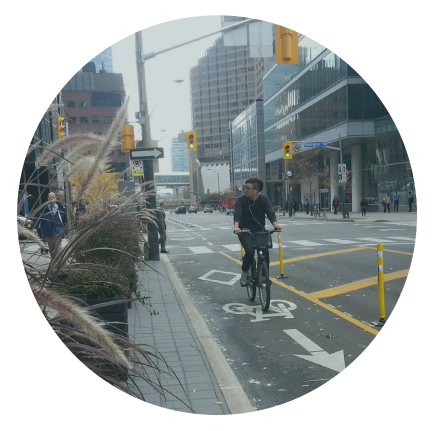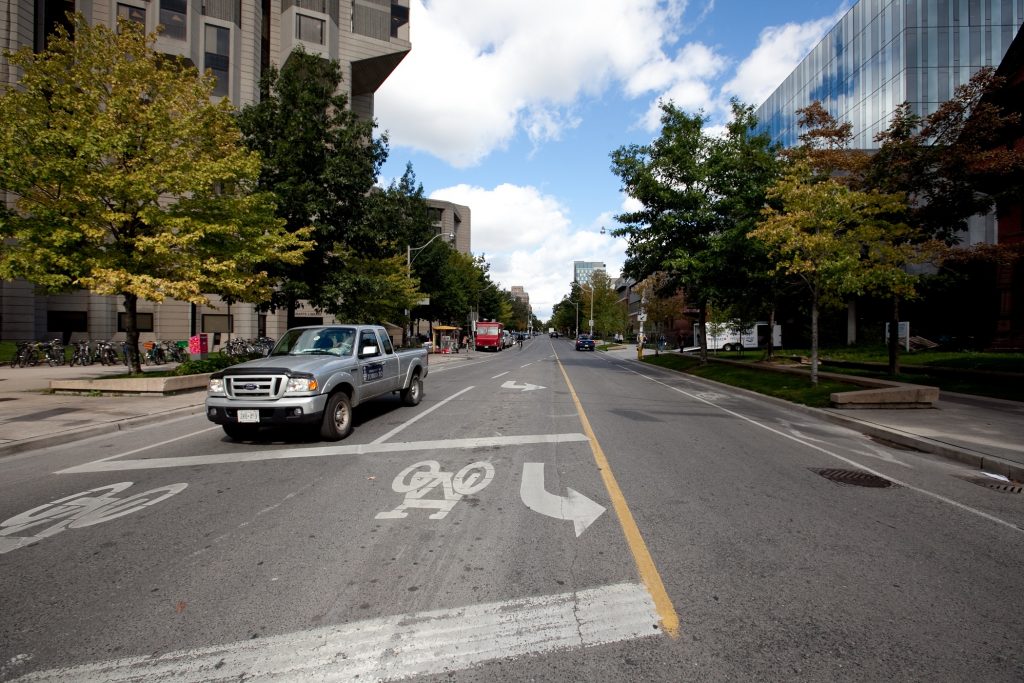Toronto is Canada’s largest city. A Complete Streets policy was included in Toronto’s 2014 Official Plan amendment and Toronto’s Complete Street Guidelines were released in 2017. In 2019, within its updated Vision Zero Road Safety Plan, Toronto City Council further directed transportation staff to use a complete streets approach at the outset of all road reconstruction projects. Blog posts about Complete Streets in Toronto covered the release of the guidelines, display panels at City Hall, the redesign of Queens Quay, the scoping of the guidelines, and the City’s Vision Zero 2.0 Update, .

